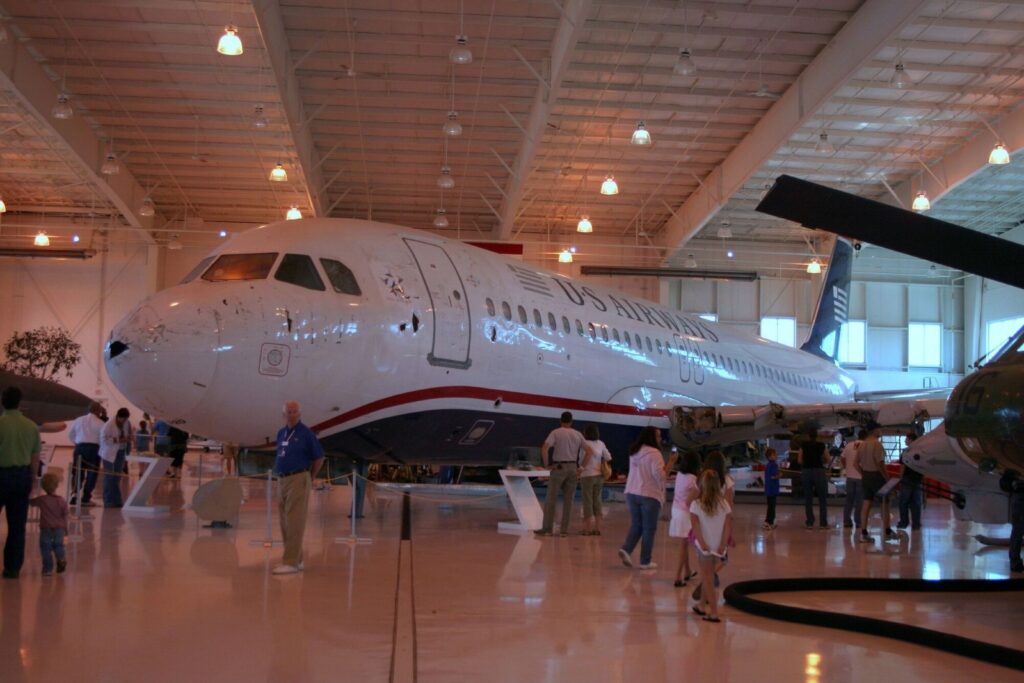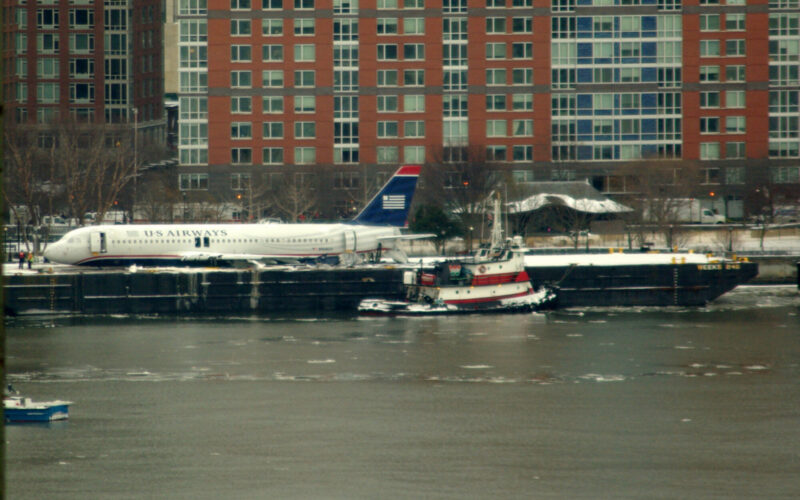The term ‘Miracle on the Hudson’ has become synonymous with a heartwarming tale of heroism, quick thinking and human endurance. It stems from a real-life incident on January 15, 2009, when the world witnessed an aviation miracle unfold as US Airways Flight 1549 made an exemplary emergency landing on the Hudson River.
This awe-inspiring event captured global attention and later inspired a movie titled Sully starring Tom Hanks. Let’s delve into the extraordinary events surrounding US Airways Flight 1549, and the ‘Miracle on the Hudson’.
Incident: takeoff, landing, and rescue
Let’s first start with an overview of the pilots involved in this incident. Captain Chesley ‘Sully’ Sullenberger, the pilot-in-command of the flight, had extensive flying experience, including military service. He had accumulated nearly 20,000 flying hours by the time of this incident. This experience included over 4,700 hours of flight time specifically on the Airbus A320, the aircraft involved in this event.
First Officer Jeffrey Skiles, while relatively new to the Airbus A320 with only 37 hours of experience on that specific aircraft type, brought a substantial degree of total flying experience to the cockpit. Up to this incident, Skiles had amassed over 20,000 flying hours.
The ill-fated journey of US Airways Flight 1549 began innocuously enough at LaGuardia Airport in New York City. The Airbus A320-214, under the command of Captain Chesley Sullenberger and First Officer Jeffrey Skiles, took off on a routine flight bound for Charlotte, North Carolina with 155 people on board.
However, shortly after takeoff, the tranquility of the cabin was abruptly shattered by a series of loud bangs. Disaster had struck during a climb-out as the aircraft collided with a flock of Canada geese, causing the pilots’ view to be obstructed by the birds – as well as causing both engines to fail. This occurred approximately 4.5 miles (7.2 km) north-northwest of LaGuardia Airport, with the aircraft flying at an altitude of 2,818 feet (859 m). 22 seconds after the initial impact, Sullenberger made a mayday call to the air traffic control.
With both engines incapacitated, Captain Sullenberger and First Officer Skiles faced a critical decision. Calculating that neither returning to LaGuardia nor diverting to nearby Teterboro Airport was actually achievable, they made the daring choice to execute an emergency water landing on the nearby Hudson River. Their precise calculations, skillful maneuvering and unwavering composure led to a remarkable textbook landing that saved the lives of all 155 passengers and crew members on board. In total, the whole flight only lasted around five minutes.
The swift and coordinated response from first responders, ferry operators and nearby vessels played a crucial role in the successful rescue operation. Within minutes of the landing, passengers had been safely evacuated onto the wings of the partially submerged aircraft and onto rescue vessels. The last person onboard the aircraft was rescued just 24 minutes after the ditching.

In a matter of moments, what could have been a tragic disaster had transformed into a heartwarming testament to the indomitable spirit of humanity. The collective efforts of those on board and those who rushed to their aid transformed US Airways Flight 1549 into the ‘Miracle on the Hudson’.
Investigation and lessons learned
In the wake of the incident, the National Transportation Safety Board (NTSB) conducted a thorough investigation. The inquiry revealed that a double engine failure caused by bird strikes was the primary cause of the incident. The aircraft’s encounter with a flock of Canada geese during its initial climb was identified as the pivotal moment that triggered the sequence of events. The force of the bird strikes severely damaged both engines, leaving the aircraft with diminished thrust and power.
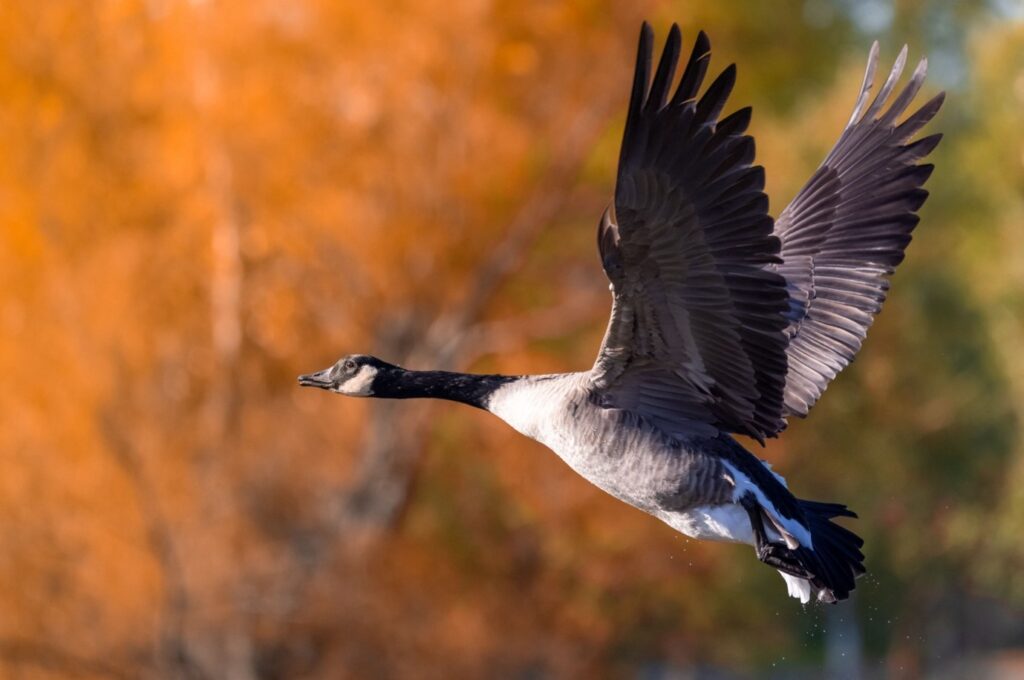
Retrospectively, with the use of flight simulators, the NTSB conducted tests to explore the feasibility of the flight’s safe return to LaGuardia or potential diversion to Teterboro. Among the simulated attempts to return to LaGuardia, just seven out of thirteen were successful, while only one of the two attempts to divert to Teterboro achieved the desired outcome. Additionally, the NTSB report criticized these simulations for their lack of realism. Ultimately, the NTSB concluded that Captain Sullenberger’s decision had been entirely correct.
Also, the investigation commended Captain Sullenberger and First Officer Skiles for their exemplary airmanship, professionalism and decision-making, all of which prevented a catastrophic outcome. Captain Chesley ‘Sully’ Sullenberger and First Officer Jeffrey Skiles were hailed for their remarkable composure under duress. Their ability to swiftly process information, assess the options and execute a controlled water landing demonstrated the highest standards of pilot skill and training.
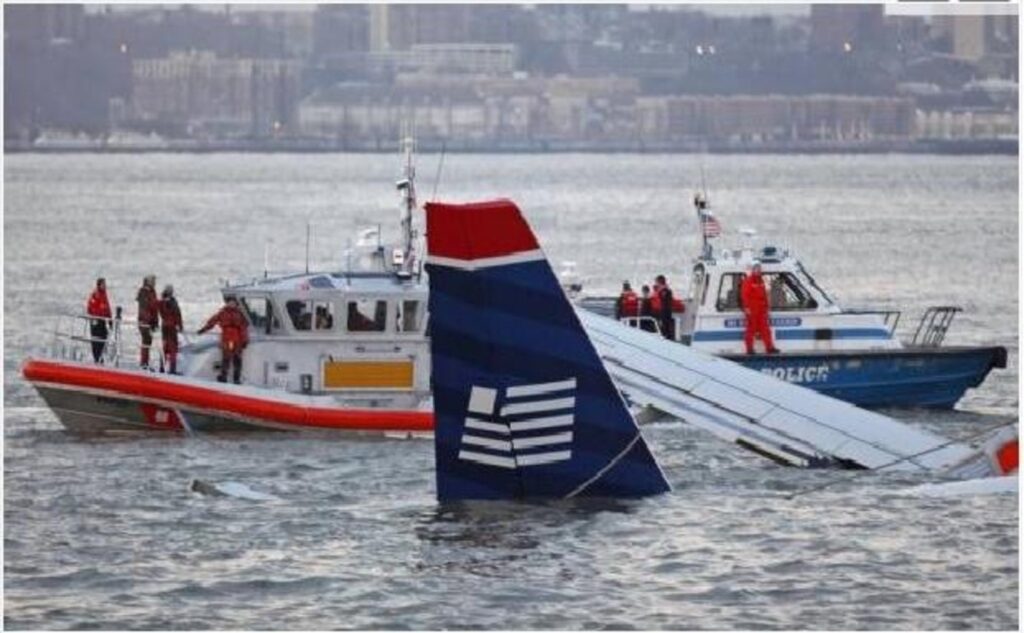
The final report attributed the favorable outcome to four key elements:
- Adept decision-making and collaborative efforts within the cockpit crew including timely activation of the APU and the choice to land on the Hudson.
- The A320’s certification for extended overwater operation, leading to the presence of life vests and supplementary rafts/slides despite their non-obligatory status for that specific route.
- The cabin crew’s exceptional performance throughout the evacuation process.
- The advantageous proximity of operational vessels near to the site of the water landing.
Safety measured adopted
The ‘Miracle on the Hudson’ incident served as a watershed moment for aviation safety. It prompted a reevaluation of protocols, procedures and preventive measures aimed at minimizing the risk of bird strikes and their potential consequences. Airlines and regulatory bodies worldwide incorporated lessons learned from Flight 1549 into their training programs, emergency procedures and aircraft design, further ensuring passenger safety.
Bird strike mitigation and prevention
One significant outcome was the heightened awareness of bird strike mitigation measures. Airports began to implement enhanced wildlife management strategies to minimize the presence of birds and other wildlife in proximity to runways and flight paths. Bird control measures, including habitat management, avian radar systems and bird-scaring techniques gained renewed importance in order to reduce the risk of similar incidents.
Aircraft design and engineering enhancements
Following a thorough 15-month investigation, the NTSB put forward 34 recommendations aimed at enhancing airplane safety. These encompassed enhancements in in-flight engine diagnostics, the refinement of pre-flight safety briefings, and the broadening of simulator training to encompass scenarios involving low-altitude engine failures.
The incident prompted aircraft manufacturers to examine ways to improve the resilience of aircraft structures and systems against bird strikes. Researchers and engineers worked collaboratively to develop more robust engine designs, reinforced materials, and innovative technologies aimed at better withstanding the impact of bird strikes. These advancements fortified the aircraft’s ability to cope with unexpected challenges, further enhancing passenger safety.
Emergency water landing training
The remarkable story of Flight 1549 elevated the significance of training for emergency water landings. Aviation authorities and airlines revisited and revised training programs to equip pilots and cabin crews with the skills needed to manage water landings effectively. Simulations, scenarios, and practical exercises were integrated into training curricula, to ensure that aviation professionals are well-prepared to respond adeptly to water-related emergencies.
Reexamination of pilot training programs
The incident also prompted a reexamination of pilot training programs. The exceptional performance of Captain Sullenberger and First Officer Skiles highlighted the critical importance of training for handling emergency situations. Their ability to remain calm, make split-second decisions and communicate effectively with air traffic control underscored the value of rigorous training and simulation exercises for aviation professionals.
Enhanced communication and coordination
The successful evacuation and rescue efforts following the water landing underlined the paramount importance of effective communication and coordination among all involved. Aviation and maritime authorities collaborated to refine procedures for coordinating rescue operations, ensuring swift response times and the seamless integration of resources. The incident served as a catalyst for the development of robust communication protocols and joint training exercises.
The remarkable crew
Captain Chesley Sullenberger and First Officer Jeffrey Skiles emerged as heroes of the ‘Miracle on the Hudson’. Their ability to remain composed under extreme pressure, and their quick thinking in the face of adversity, showcased the essence of true aviation professionals.
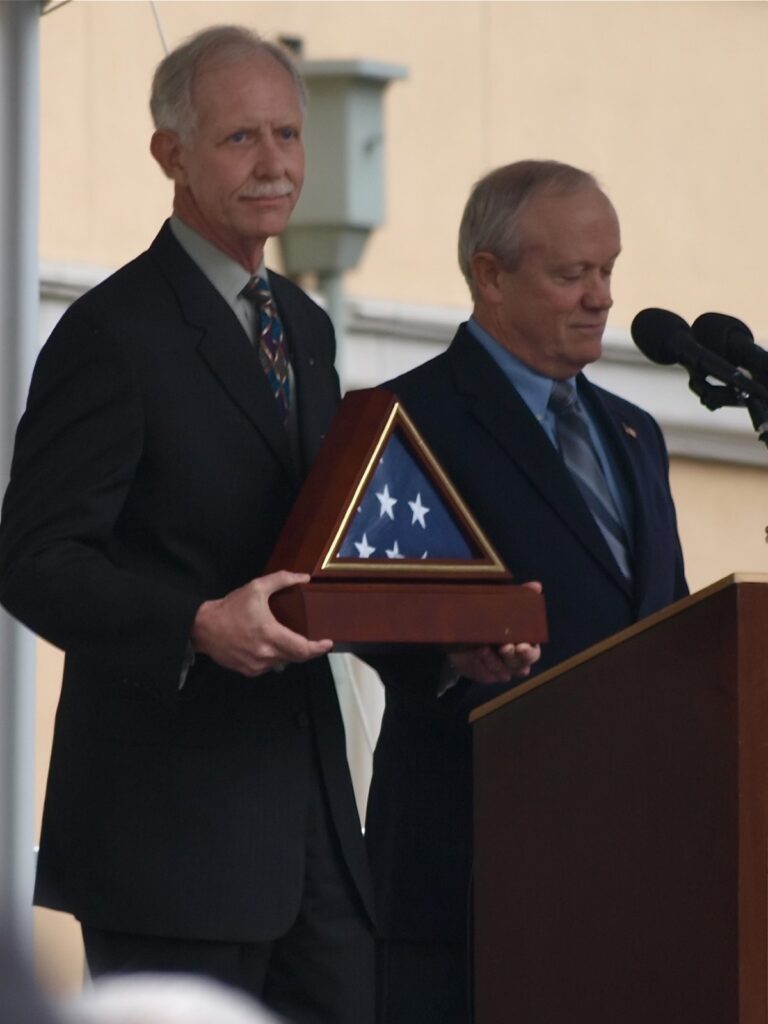
Their actions not only saved lives but also set a standard for piloting excellence and garnered global recognition, with ‘Sully’ Sullenberger receiving the Master’s Medal from the Guild of Air Pilots and Air Navigators and being named one of Time magazine’s 100 most influential people. The story even went on to inspire the 2016 movie Sully, directed by Clint Eastwood and starring Tom Hanks.
Aircraft resting place
Following the successful rescue, efforts were made to salvage the Airbus A320 from the Hudson River. Typically, aircraft involved in crashes suffer substantial damage that renders the airframe unusable beyond an investigation. However, in this case, the airframe was spared from severe destruction.
After the investigation was concluded, the aircraft was put up for auction with hopes of finding a new owner. Unfortunately, no buyers came forward. The airplane’s fate took a positive turn when, in June 2011, the American International Group (AIG) decided to donate it to the Carolinas Aviation Museum.
Currently, the museum is in the process of extensive renovation and expansion. The museum is slated to be renamed in tribute to Captain Sully.
